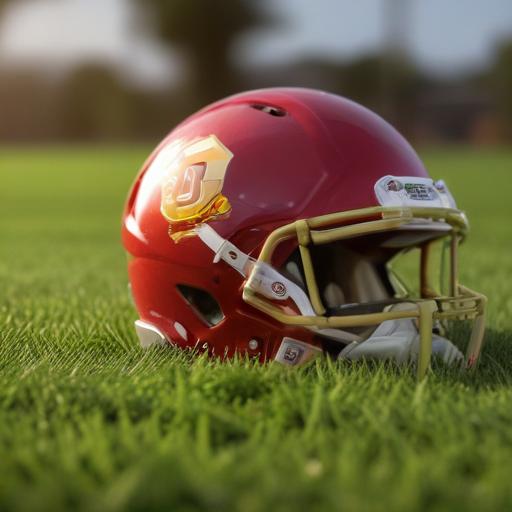USC is entering fall camp aiming to rebound after a frustrating 2024 season, with head coach Lincoln Riley stressing that competitive battles across the roster will shape the Trojans’ path to 2025.
Running back is one area Riley highlighted as especially open. With Woody Marks and Quinten Joyner gone, USC has rebuilt the room by adding JUCO transfer Waymond Jordan and redshirt senior transfer Eli Sanders, while returner Bryan Jackson is also in the mix. Riley indicated there are “quite a few” backs who can contribute, setting the stage for a versatile and deeper rushing attack this fall.
At wide receiver, the core is more established, but Riley said there’s still work to be done behind the top options. He noted that Makai Lemon and Ja’Kobi Lane will play significant roles, but the competition behind them remains intense and fluid as players push to carve out roles.
Defensively, Riley emphasized the front seven depth as a strength entering fall camp. He pointed to the linebacker group where Eric Gentry and Desman Stephens have separated themselves as the top options, with Ta’Mere Robinson, Elijah Newby, and Anthony Beavers delivering solid depth. He also praised the two young linebackers who have shown promise, underscoring a broader-evaluating approach to who will see action early in the season.
Riley stressed that many of these battles may not be settled before the start of the regular season and will continue to be evaluated into the early games. The plan, he said, is to rotate a number of players to gain game reps and refine the depth chart on the fly.
USC opens the season on August 30 against Missouri State, followed by a non-conference matchup with Georgia Southern before launching into Big Ten play.
What this means for USC’s outlook: the Trojan roster appears deeper and more competitive than last year in several areas, particularly in the backfield and on defense. The willingness to mix and match players early could yield a more adaptable offense and a defense that can sustain momentum against varied opponents. If the newcomers gel and the established playmakers stay healthy, USC may be positioned to build chemistry as the season progresses.
In short, fall camp is shaping up as a period of evaluation and rotation for USC, with multiple position battles still up in the air and a schedule that offers opportunities to establish cohesion before the tougher conference slate.
Summary: USC’s fall camp is focused on evaluating a retooled backfield, a deep and competitive receiving corps, and a defense that now has meaningful depth, while Riley plans to keep rotating players through early in the season to find the best combinations for 2025. The opening stretch against Missouri State and Georgia Southern will test how quickly new and returning players can gel ahead of Big Ten play.
